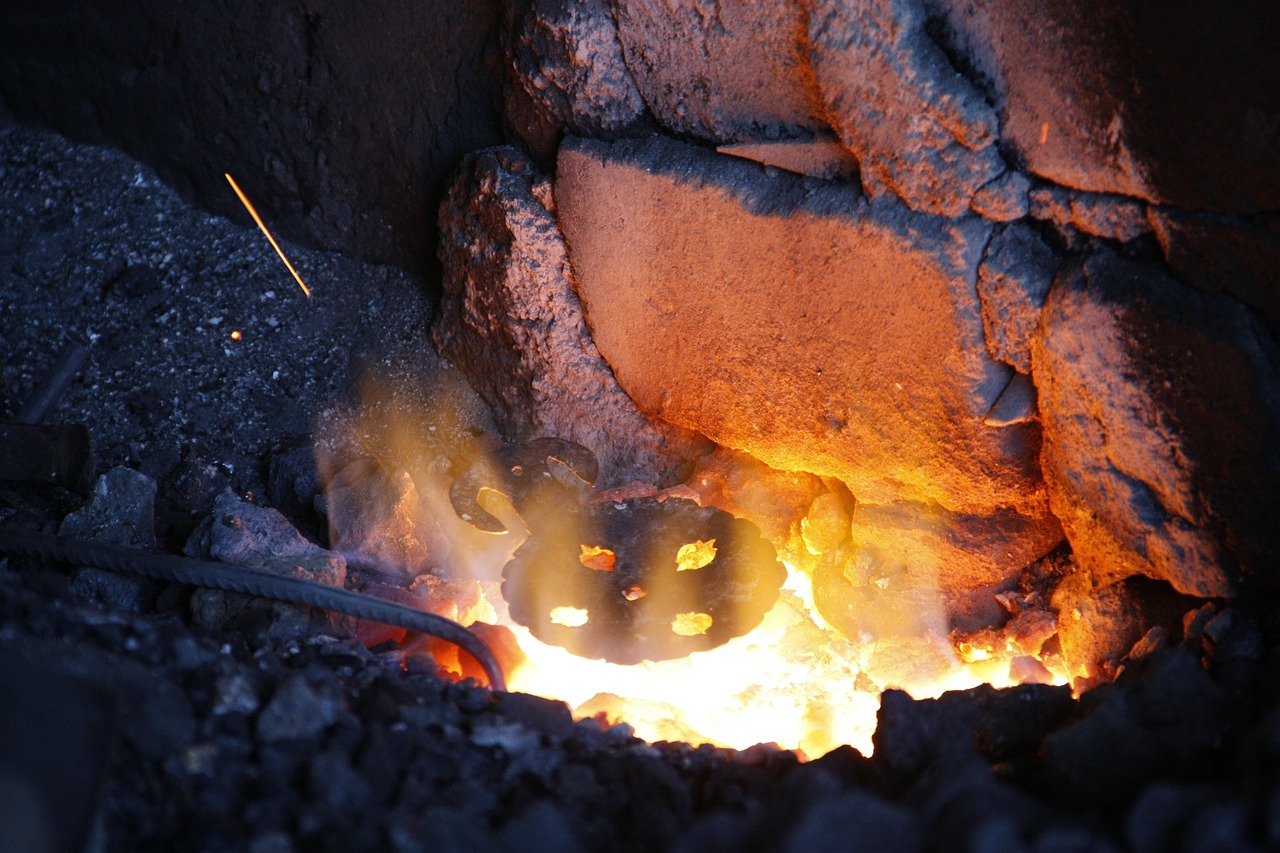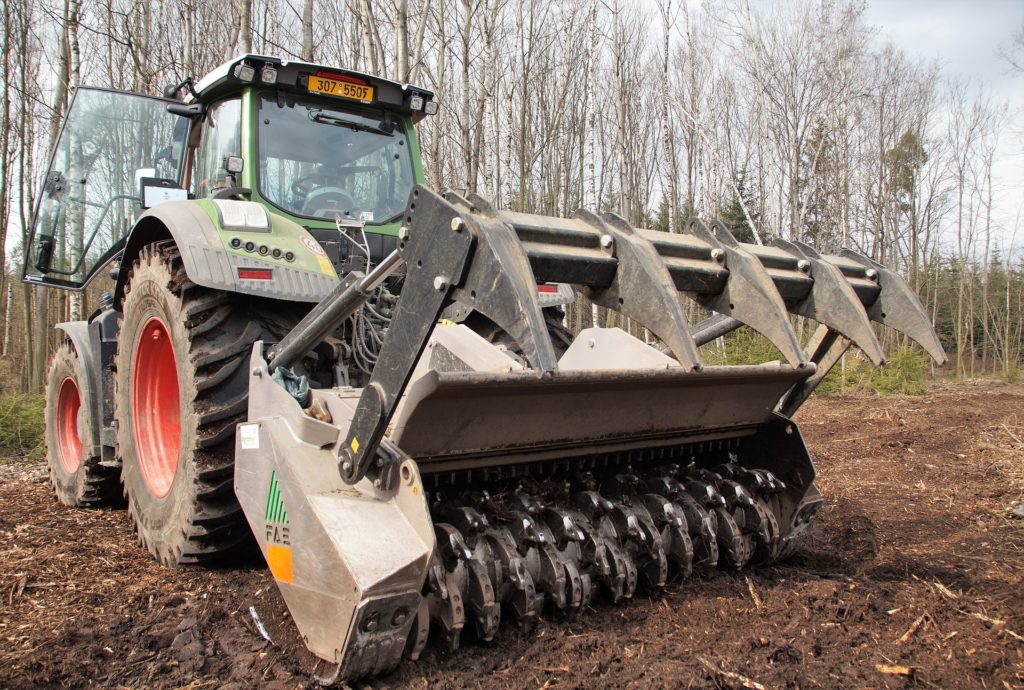Hot forging, a centuries-old metalworking process, continues to be a vital method for shaping metals into various components and parts across industries. Among the major consumers of hot forging products are industries that use a lot of metallic products. A good example is the motor vehicle, construction, and aerospace industries.
However, hot forging parts are used in almost every industry that uses metallic products. Be it in our home appliances, construction hardware or even the forestry industries, you will find a lot of hot forged parts. So, how does the hot forging process go about? What are the benefits the hot forged products offer?
That’s what we have covered in this comprehensive hot forging guide 2024. We have also added some of the key aspects that buyers need to look for in hot forged products. But let’s start by understanding what this technology is and the process:
Understanding Hot Forging:
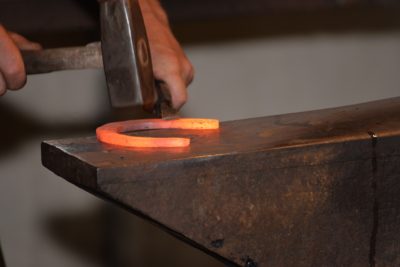
Hot forging is a manufacturing process that involves shaping metal using localized compressive forces at temperatures above the material’s recrystallization temperature. This process typically involves heating the metal to a malleable state, followed by shaping it using dies and presses. With the advancement of technology, the hot forging process is becoming more efficient and ideal for mass production.
Hot forging has been the go-to forging technique for hard metals. Most steel materials and alloys are hot forged since they can be softened by heating. It is very hard to forge steel at room temperature or even by slightly heating it.
The Process Can Be Broken Down Into Several Key Steps:
The process of hot forging is a sophisticated metalworking technique used to shape metals into desired forms through the application of heat and pressure. Below are the key steps involved in hot forging:
Material Selection:
The process begins with selecting the appropriate raw material, typically a metal alloy, based on the desired properties of the final component. Common materials used in hot forging include steel, aluminium, titanium, and various alloys such as 2024.
Heating:
The selected metal is heated to temperatures above its recrystallization temperature, typically ranging from 1750°F to 2200°F (950°C to 1200°C), depending on the material composition and desired outcome. Heating softens the metal, making it more ductile and easier to shape.
Forming:
Once the metal reaches the desired temperature, it is transferred to a forging press or hammer, where it is subjected to high pressure within a die cavity. The die contains the negative impression of the desired component, and the application of pressure causes the metal to flow and fill the contours of the die, shaping it into the desired form. This process may involve multiple forging operations to achieve the final shape.
Cooling:
After forming, the forged component is allowed to cool to room temperature. The cooling process can be controlled to optimize the material’s microstructure and mechanical properties. Depending on the material and desired properties, cooling may be done slowly in a controlled environment or rapidly using techniques such as water quenching.
Finishing:
Once cooled, the forged component may undergo additional finishing processes, such as machining, grinding, or heat treatment, to achieve the desired surface finish, dimensions, and mechanical properties.
5 Major Advantages of Hot Forged Products
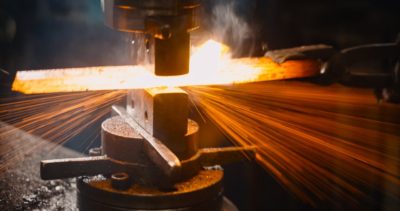
Hot forging, a time-honored metalworking technique, continues to be a preferred method for shaping metals into various components and parts across industries. This article delves into the numerous advantages offered by hot forged products, highlighting why this manufacturing process remains a cornerstone of modern engineering.
Enhanced Mechanical Properties:
One of the primary advantages of hot forged products is their superior mechanical properties. The process of hot forging involves shaping metals at elevated temperatures, which promotes the formation of a refined grain structure. This results in components with increased strength, toughness, and resistance to fatigue. Hot forging also aligns the grain flow along the contours of the component, enhancing its structural integrity and longevity.
Complex Shapes and Tight Tolerances:
Hot forging offers unparalleled versatility in shaping metals into complex and intricate forms with tight tolerances. The ability to forge metals at high temperatures allows for the creation of components with intricate geometries and precise dimensions. Unlike other manufacturing processes, hot forging can produce parts with minimal material wastage, making it a cost-effective solution for intricate designs.
Material Savings:
Hot forging typically results in minimal material wastage compared to other manufacturing methods. By shaping metals at high temperatures, hot forging maximizes material utilization and minimizes scrap generation. This not only reduces material costs but also contributes to environmental sustainability by minimizing waste disposal.
Improved Grain Structure:
The high temperatures involved in hot forging facilitate the recrystallization of the metal, leading to a refined grain structure. This refined grain structure enhances the mechanical properties of the forged product, including strength, ductility, and impact resistance. Components produced through hot forging exhibit improved performance under stress and are less prone to deformation or failure.
Surface Finish:
Hot forged products typically have a smoother surface finish compared to components produced through other manufacturing processes. The high pressures exerted during forging compress surface imperfections, resulting in a finer surface texture. This eliminates the need for additional finishing processes, reducing production time and costs while ensuring a high-quality surface finish.
Tips For Buying Hot Forged Machine Parts
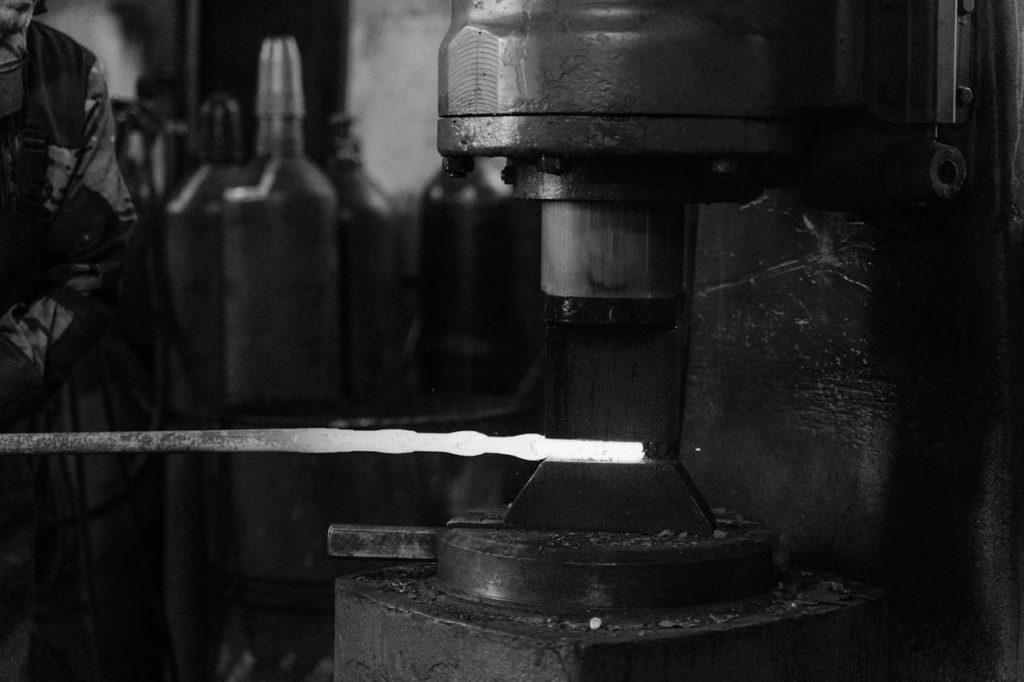
When it comes to sourcing machine parts, especially those subjected to high stress and demanding conditions, quality and reliability are paramount. Hot forged machine parts offer superior strength, durability, and performance, making them a preferred choice for various industries. In this article, we provide insider tips for buyers looking to purchase hot forged machine parts, ensuring they make informed decisions and acquire components that meet their specific requirements.
Understand Your Requirements:
Before diving into the purchasing process, it’s essential to understand your specific requirements. Consider factors such as the intended application, operating conditions, required tolerances, and performance expectations. Clearly defining your needs will help you communicate effectively with suppliers and ensure that the hot forged machine parts meet your exact specifications.
Quality Assurance and Certification:
When selecting a supplier for hot forged machine parts, prioritize those who adhere to stringent quality standards and certifications. Look for suppliers who are ISO-certified or comply with industry-specific quality management systems. Additionally, inquire about the supplier’s quality control processes and inspection protocols to ensure consistent quality and reliability of the forged components.
Material Selection:
The choice of material plays a crucial role in determining the performance and longevity of hot-forged machine parts. Different metals and alloys offer varying levels of strength, corrosion resistance, and thermal conductivity. Work closely with your supplier to select the most suitable material for your application, considering factors such as mechanical properties, environmental conditions, and cost-effectiveness.
Customization Options:
Opt for suppliers who offer customization options for hot forged machine parts. This includes the ability to tailor the dimensions, shapes, and surface finishes of the components to meet your specific requirements. Customization ensures that the forged parts integrate seamlessly into your machinery and perform optimally under real-world operating conditions.
Production Capacity and Lead Times:
Evaluate the supplier’s production capacity and lead times to ensure they can meet your order requirements within the desired timeframe. Consider factors such as batch sizes, production capabilities, and turnaround times when selecting a supplier. A reliable supplier should have the flexibility to accommodate both small-scale and large-scale orders while maintaining consistent quality and on-time delivery.
Cost Considerations:
While cost is an important factor, it should not be the sole determinant when purchasing hot forged machine parts. Instead, focus on the overall value proposition offered by the supplier, taking into account factors such as quality, reliability, and after-sales support. Remember that investing in high-quality forged components upfront can result in long-term cost savings through reduced downtime and maintenance expenses.
Supplier Reputation and Track Record:
Do your due diligence on the reputation and track record of potential suppliers before making a decision. Seek recommendations from industry peers, read customer reviews and testimonials, and evaluate the supplier’s experience and expertise in hot forging technology. A reputable supplier with a proven track record of delivering high-quality forged components is more likely to meet your expectations and provide reliable support throughout the purchasing process.
Conclusion:
Hot forging remains a preferred method for shaping metals like the 2024 alloy due to its numerous advantages, including enhanced mechanical properties, complex shapes, and material savings. By understanding the hot forging process, its advantages and considering key factors in the buyer’s guide, businesses can make informed decisions when sourcing hot forged 2024 components for their applications.
